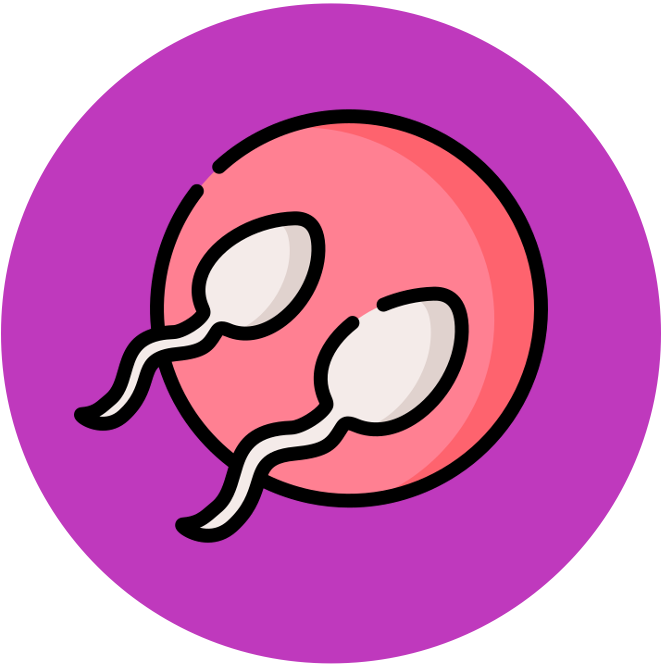

Reproductive System
SL Content Statements
-
D3.1.1
Differences between sexual and asexual reproduction
-
Include these relative advantages: asexual reproduction to produce genetically identical offspring by individuals that are adapted to an existing environment, sexual reproduction to produce offspring with new gene combinations and thus variation needed for adaptation to a changed environment.
-
D3.1.2
Role of meiosis and fusion of gametes in the sexual life cycle
-
Students should appreciate that meiosis breaks up parental combinations of alleles, and fusion of gametes produces new combinations. Fusion of gametes is also known as fertilization.
-
D3.1.3
Differences between male and female sexes in sexual reproduction
-
Include the prime difference that the male gamete travels to the female gamete, so it is smaller, with less food reserves than the egg. From this follow differences in the numbers of gametes and the reproductive strategies of males and females.
-
D3.1.4
Anatomy of the human male and female reproductive systems
-
Students should be able to draw diagrams of the male-typical and female-typical systems and annotate them with names of structures and functions.
-
D3.1.5
Changes during the ovarian and uterine cycles and their hormonal regulation
-
Include the roles of oestradiol, progesterone, luteinizing hormone (LH), follicle-stimulating hormone (FSH) and both positive and negative feedback. The ovarian and uterine cycles together constitute the menstrual cycle.
-
D3.1.6
Fertilization in humans
-
Include the fusion of a sperm’s cell membrane with an egg cell membrane, entry to the egg of the sperm nucleus but destruction of the tail and mitochondria. Also include dissolution of nuclear membranes of sperm and egg nuclei and participation of all the condensed chromosomes in a joint mitosis to produce two diploid nuclei.
-
D3.1.7
Use of hormones in in vitro fertilization (IVF) treatment
-
The normal secretion of hormones is suspended, and artificial doses of hormones induce superovulation.



